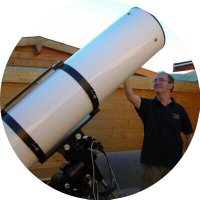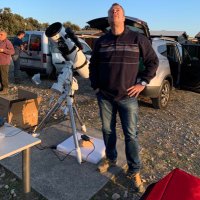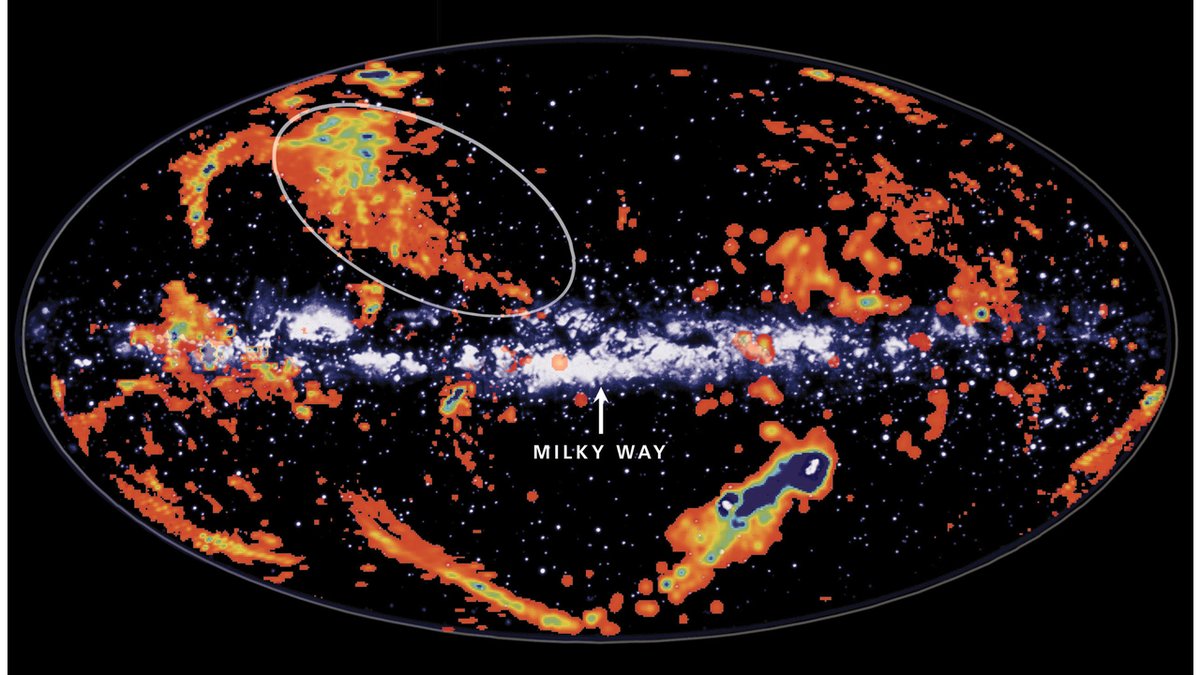
Xavi Bros
@Xavi_Bros
Amateur astronomer, Anysllum Observatory, AstroSabadell. Psychologist pursuing a PhD in psychiatry. Author of "En las playas de Sedna": https://t.co/qm7ybXXIDA
ID:2555122579
https://www.amazon.es/~/e/B0BDS3DC1Z 08-06-2014 16:29:25
17,1K Tweets
47,6K Followers
29,5K Following
Follow People

The Beehive Cluster, an open cluster with nearly 1,000 stars. It's a barely naked eye object I remember to watch with binoculars or a small telescope when I was a child.
Many years later, I did this image with Jaume Zapata from the 'Anysllum' observatory with our second setup!










The Seahorse Nebula (B150)
From our remote observatory 'Anysllum', with Xavi Bros
#Astrophotography
#cielosESA






The fourth exoplanet transit observed with Jaume Zapata from “Anysllum”, our remote observatory!
Detected a gap of only 7 thousandths of magnitude! It’s a “Neptune-like” planet orbiting a “K-type star” with a period of only 3.5 days.
Not a good choice to spend holidays there…




Hoy en #cielosESA ...
Jaume Zapata nos envía esta impresionante imagen de la galaxia del Cigarro, M82, desde el observatorio Anysllum con Xavi Bros
¡Muchas gracias Jaume Zapata por tu foto!
Etiqueta tus 📸📸 con #cielosESA
















